Cars are generally created to fit a specific demographic that’s been carefully analyzed by a whole team of professionals. When you hear someone say that “there’s a butt for every seat,” that’s because somebody somewhere calculated the exact income level, age range, number of kids, tortilla preference, hat size, and other factors for prospective buyers’ butts destined for that seat.
Surprisingly, there are times when even the biggest car makers concoct a vehicle or signature feature for buyers who simply don’t exist, or exist only in painfully small numbers. It can really make you scratch your head, wondering how no one asked even a few simple questions before green-lighting these ultra-niche products.
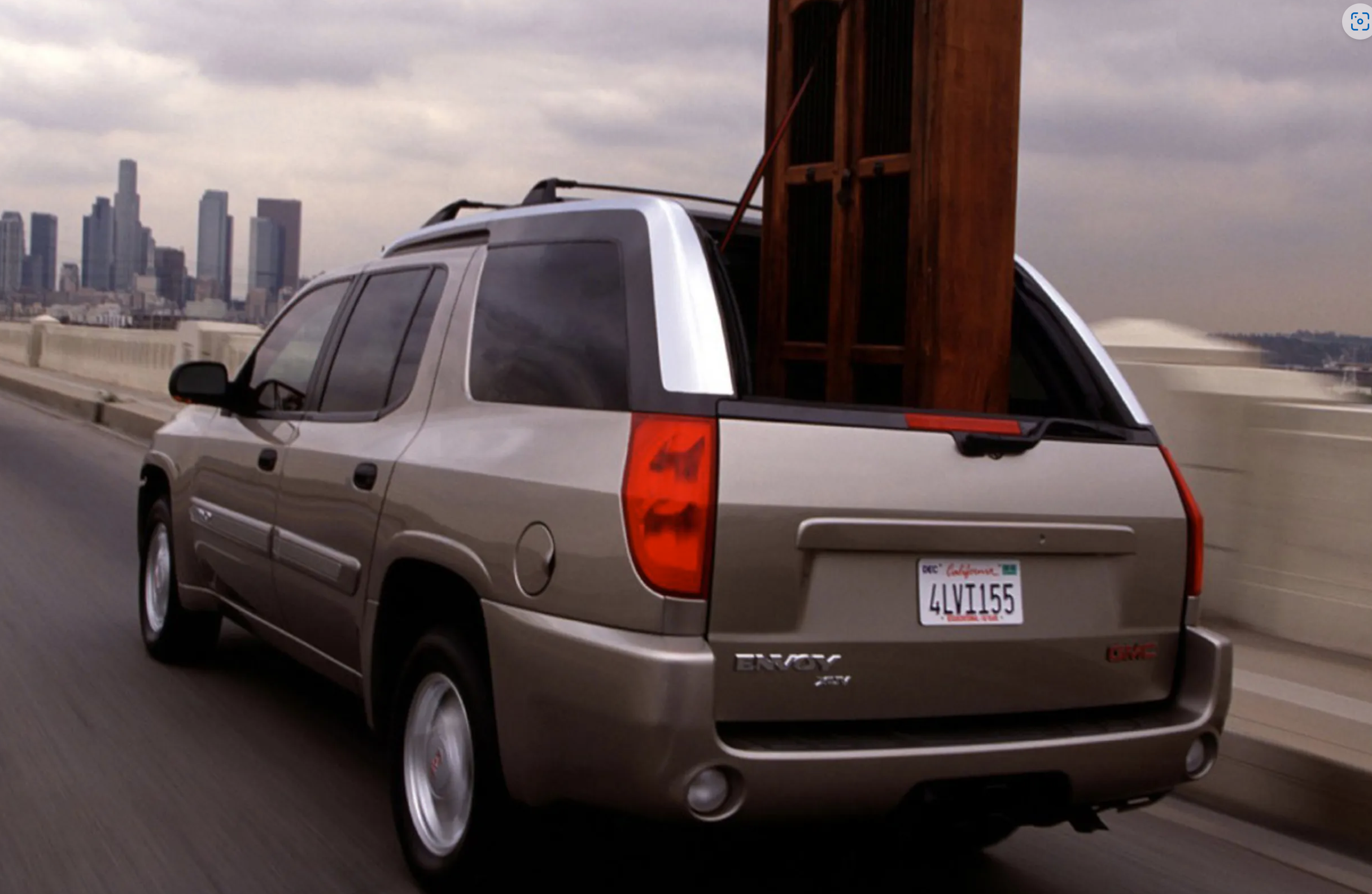
For example, how often do you need to carry a giant armoire cabinet? Or maybe a grandfather clock, or I dunno, a full-size replica of the Venus De Milo. Not that frequently, right? So, paying a premium for an SUV that could allow you to transport such tall products probably wouldn’t be big on your list. I would guess not, but for some reason, GMC thought it was worth a shot making an Envoy XUV with an electrically sliding roof over the cargo area. It’s not surprising that they could only move 16,000 for the first year it was available. When sales dropped to 11,000 units the following year, GM pulled the plug.
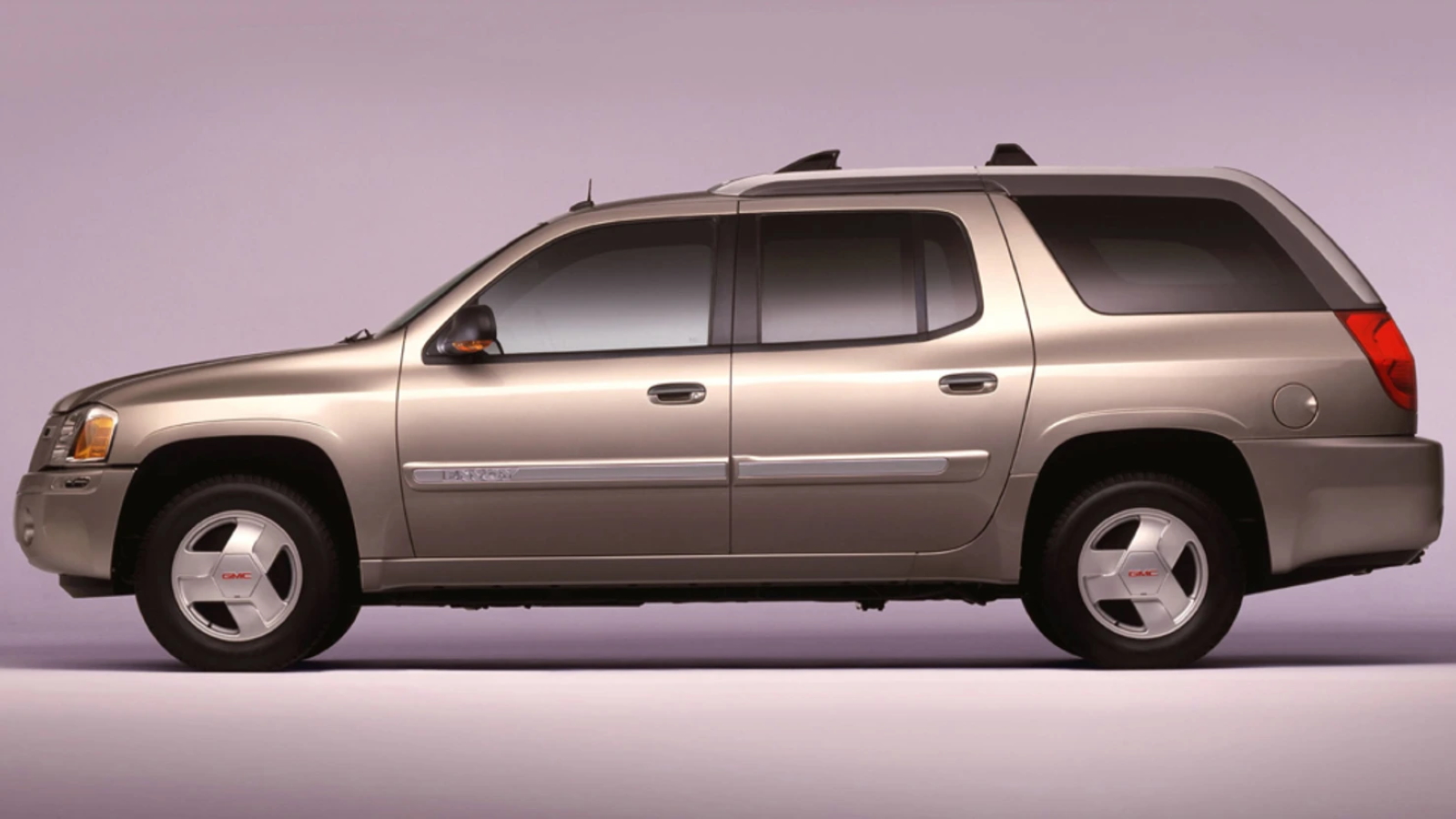
What’s funny is that Studebaker tried this idea and failed miserably. Did General Motors think more people wanted to haul refrigerators upright forty years later?
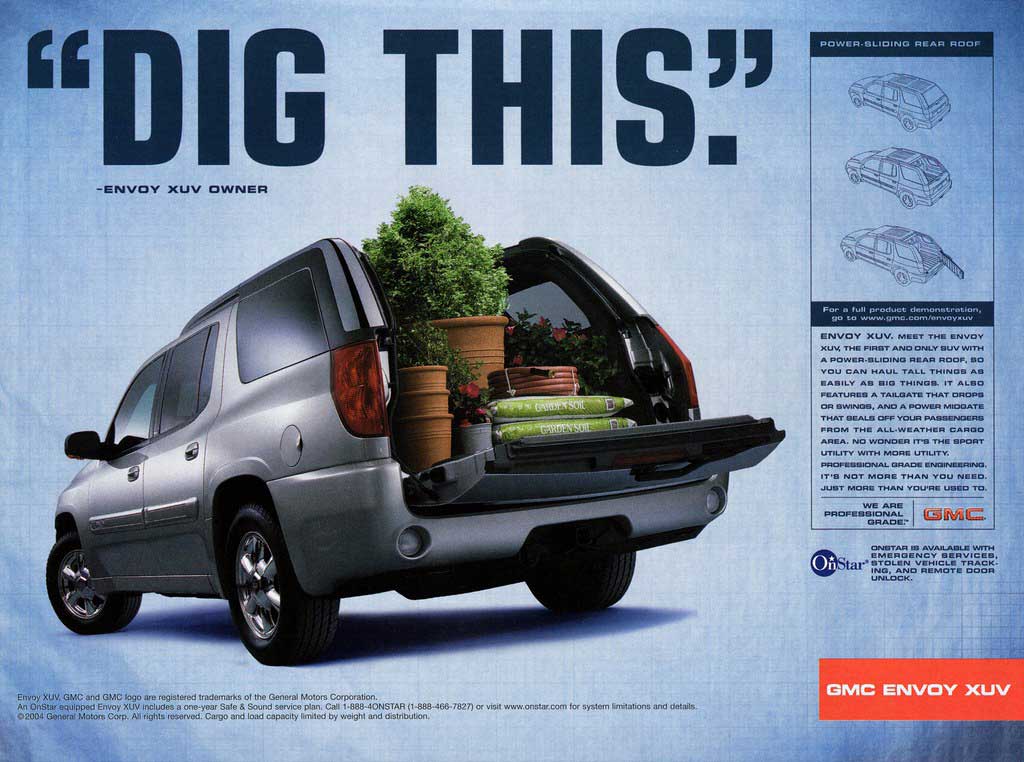
Ford has made similar mistakes. Have any Mustang buyers seemed like they really longed for a more Euro-style ponycar with a “biplane” rear spoiler and a turbo four-cylinder engine? I would say no. The vast majority wouldn’t want it any more than those who preferred lithe and athletic coupes imported from places known for pasta and pretzels hankered for an American two-door that shared its underpinnings with the Ford Granada.
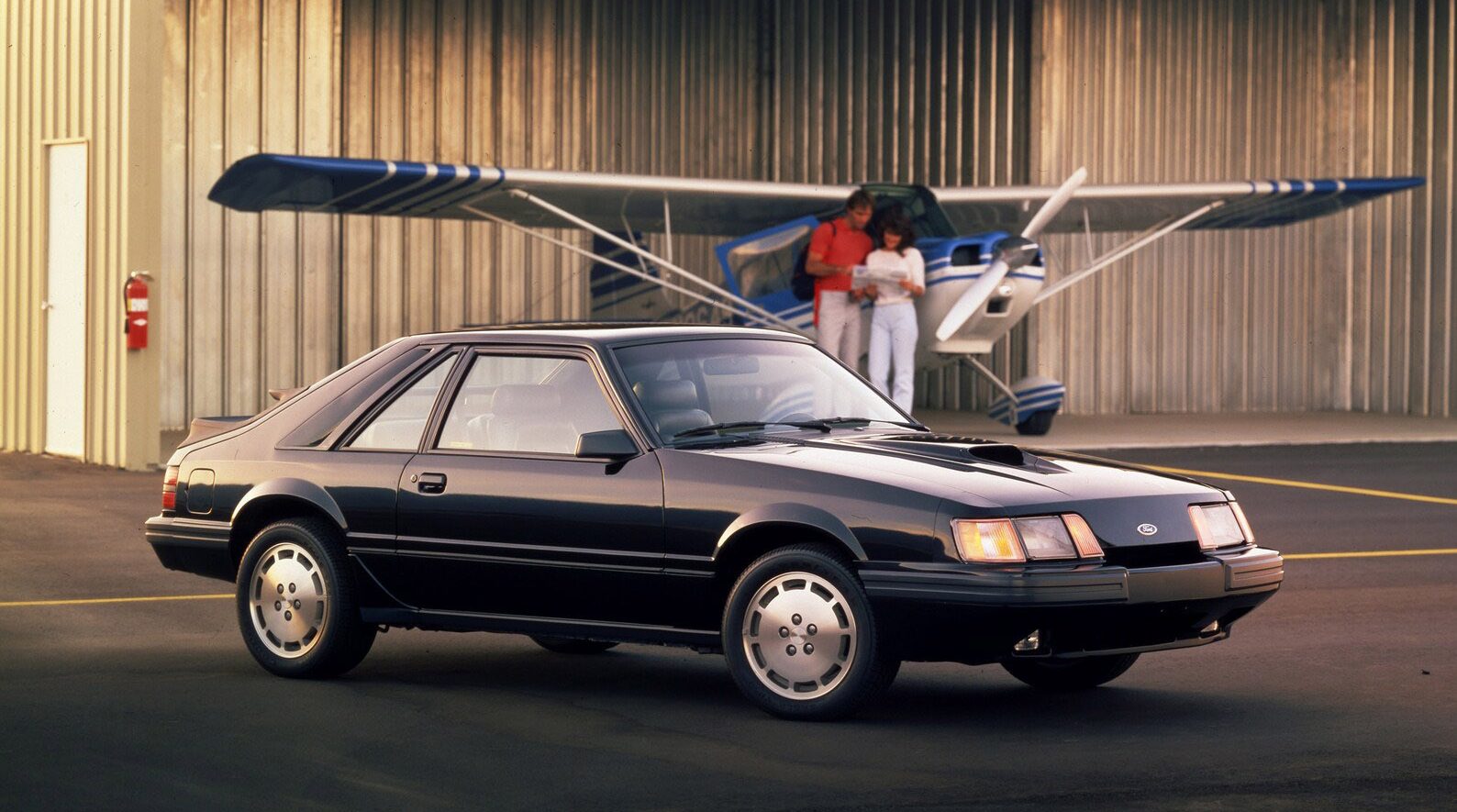
Worse, there was competition within Ford for these unicorn customers, who could also choose a T-Bird Turbo Coupe or maybe a Merkur XR4Ti from one of FoMoCo’s own dealerships.
Somehow, “Are we sure anyone will even want these?” went unasked (or was answered “Yes!”), and Ford went on to create the Mustang SVO. In truth, it was a deceptively appealing car and arguably one of the best Fox bodies ever made, but it was just too “Mustang” for import buyers and too foreign for Mustang people. It’s no wonder that only 9,840 were sold over a two-year run. (I always got the feeling that it was held back by not being available with the 302 V8.)
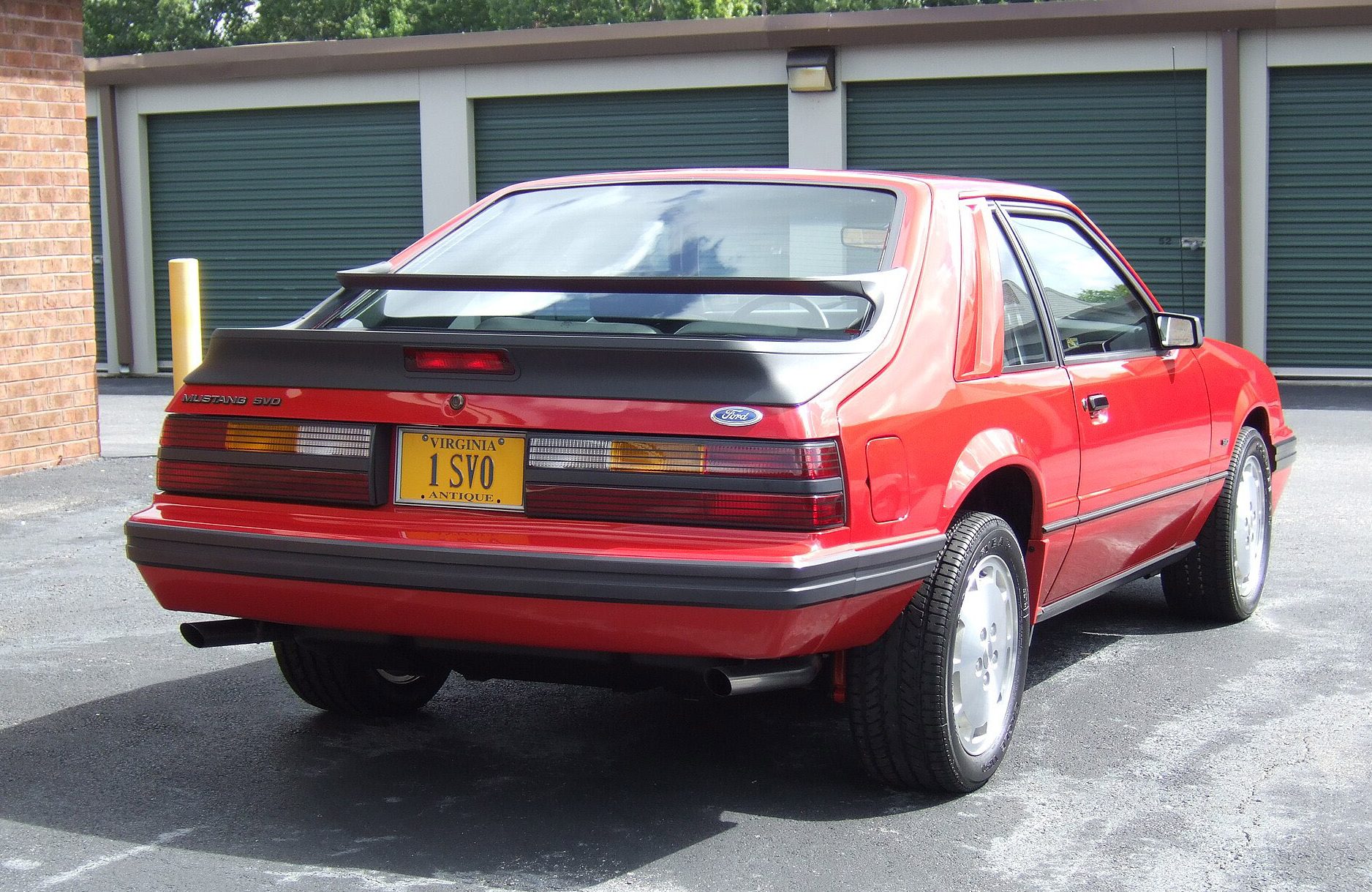

You readers can think of far more examples, right? Hell, there’s a lot of you out there – far more people than could fit into a Cadillac Cimarron or Catera, which can also go on the “who asked for this?” list.

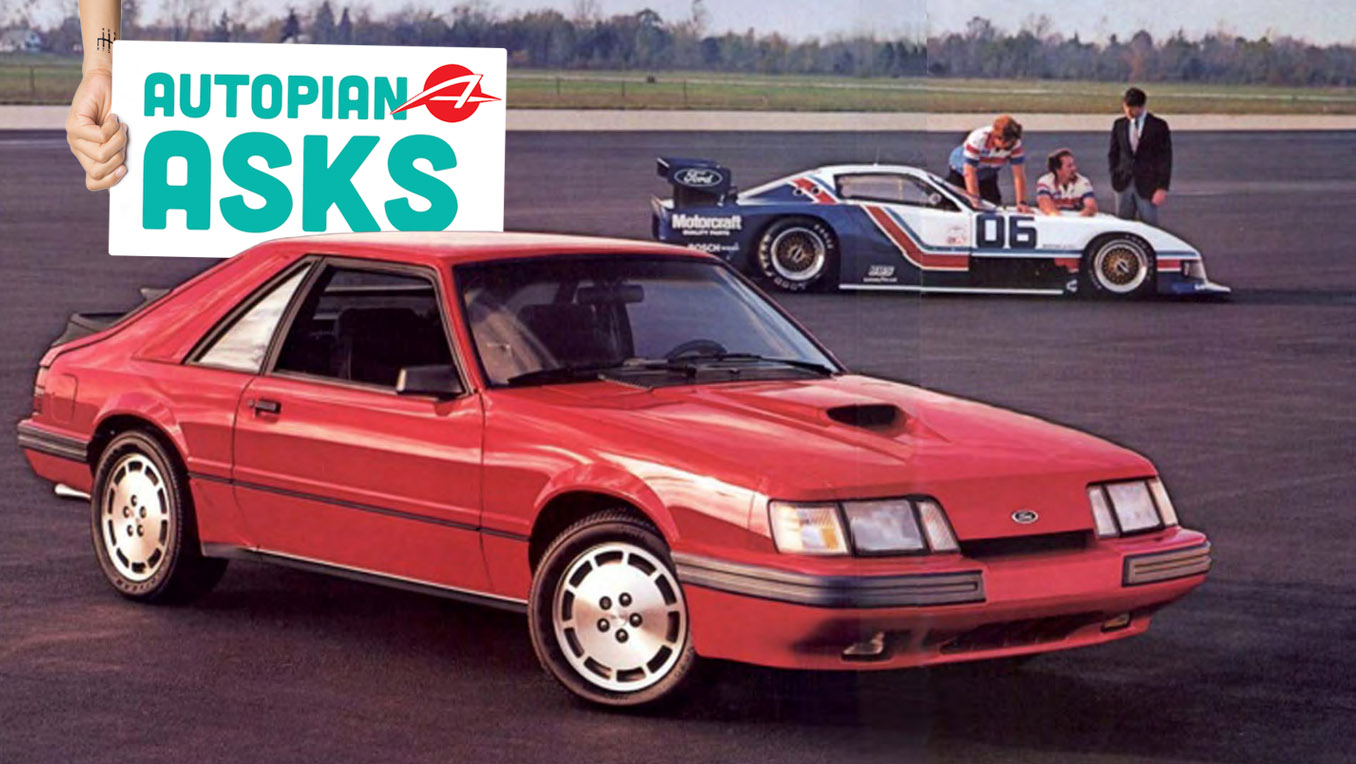





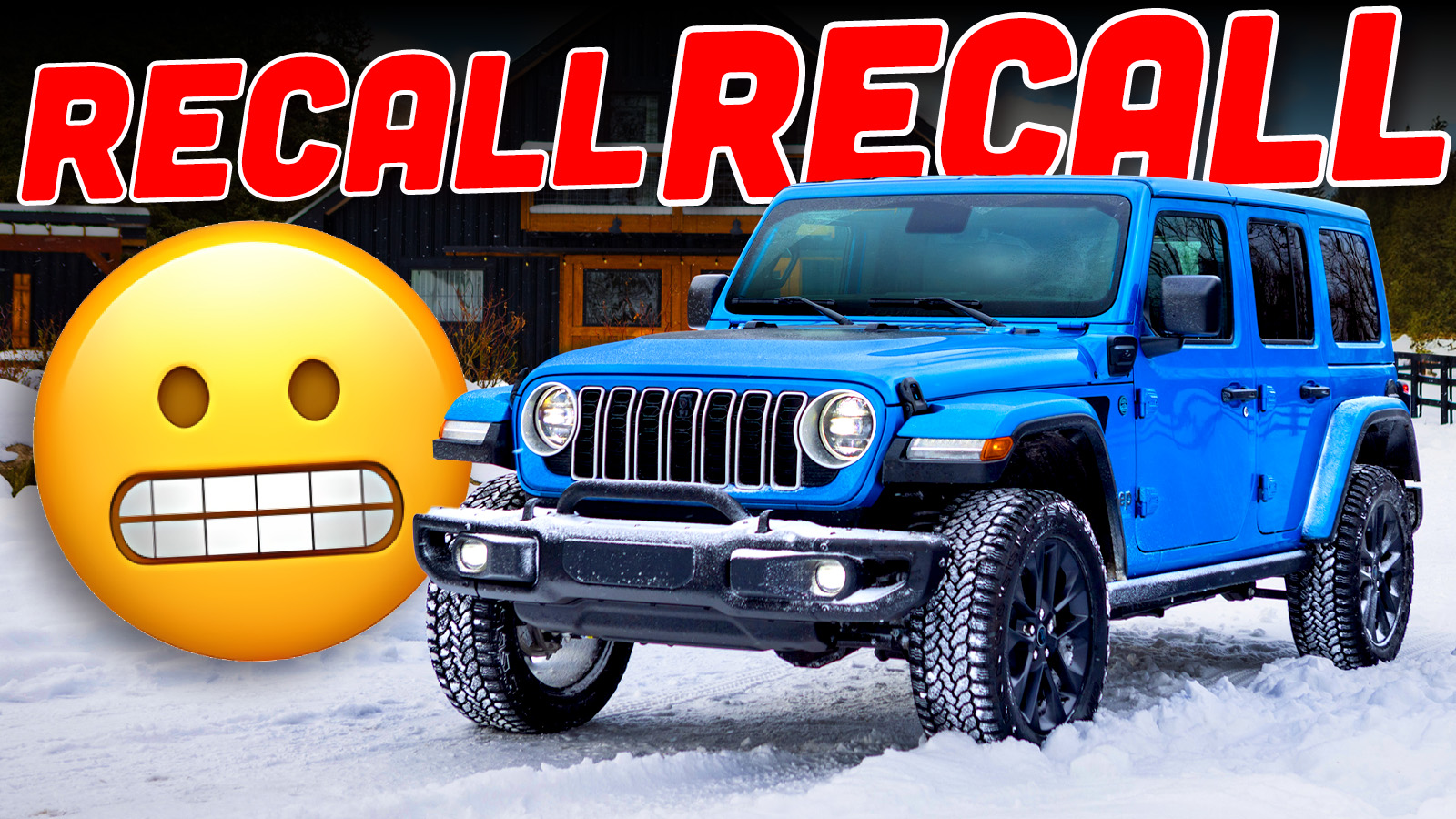
And the Buick Reatta still drove…like a Buick. I’ve been behind the wheel of one once and while it was generally pleasant, it was in no way sporty.